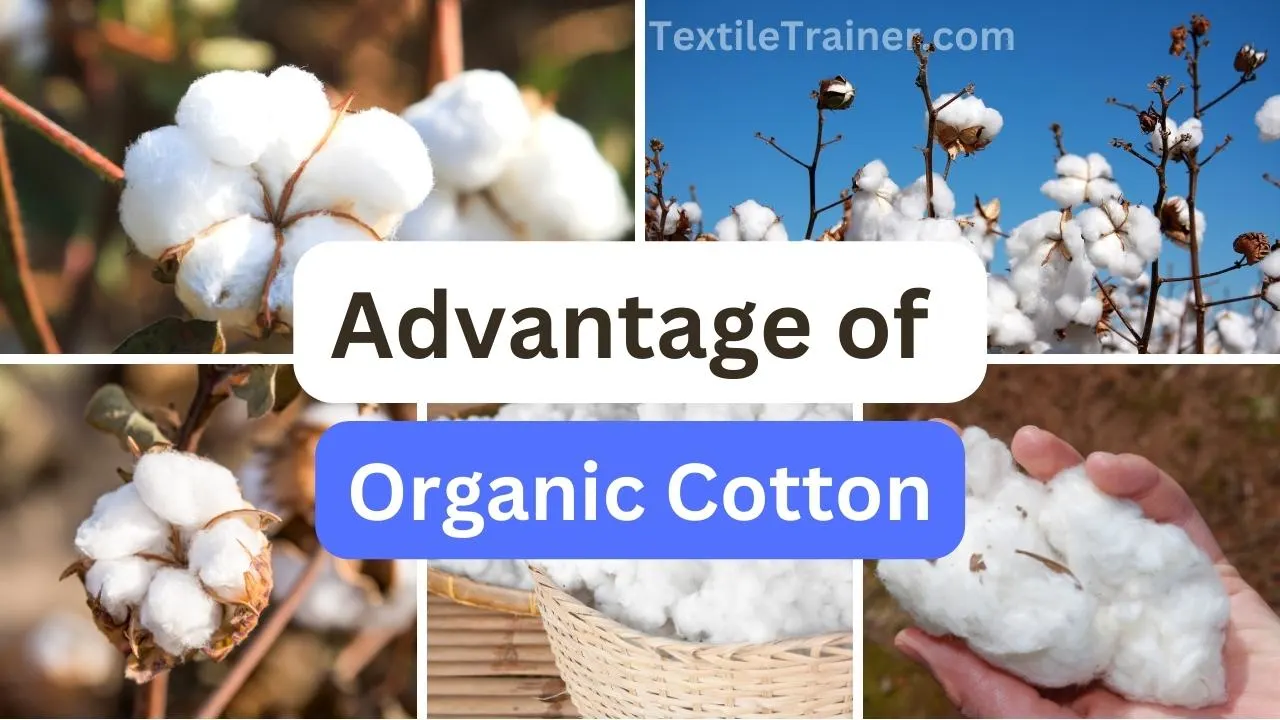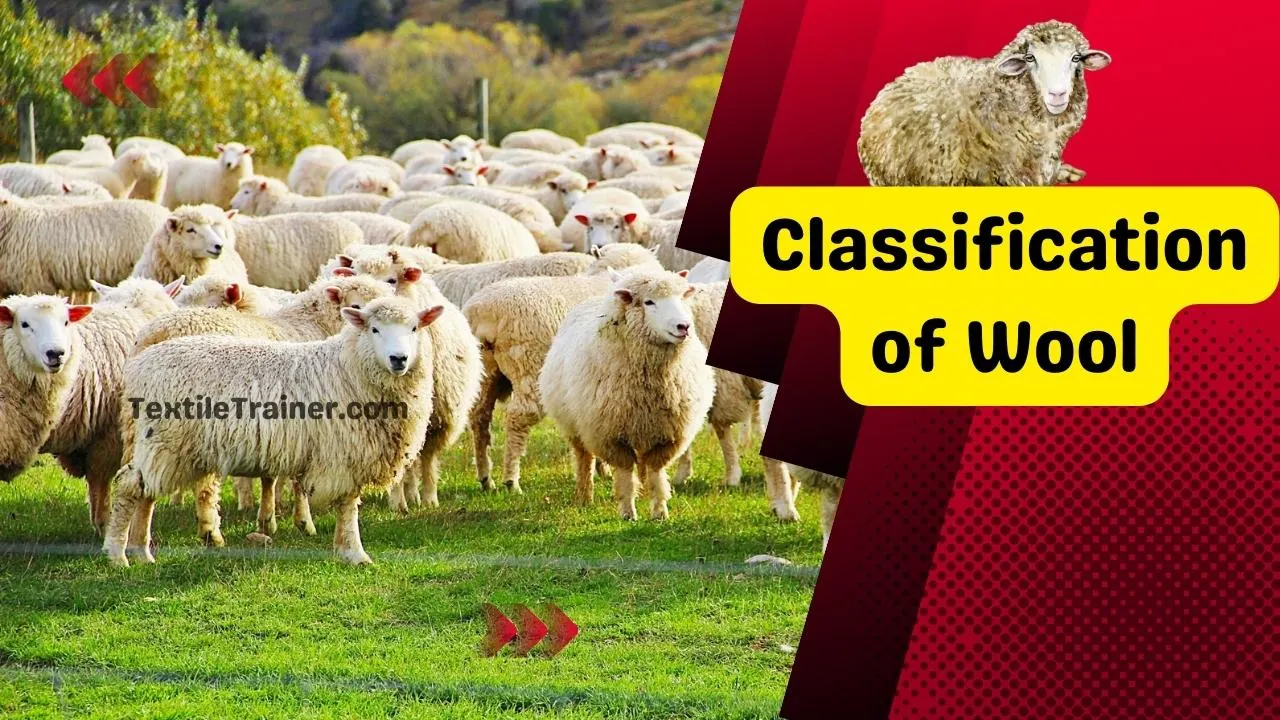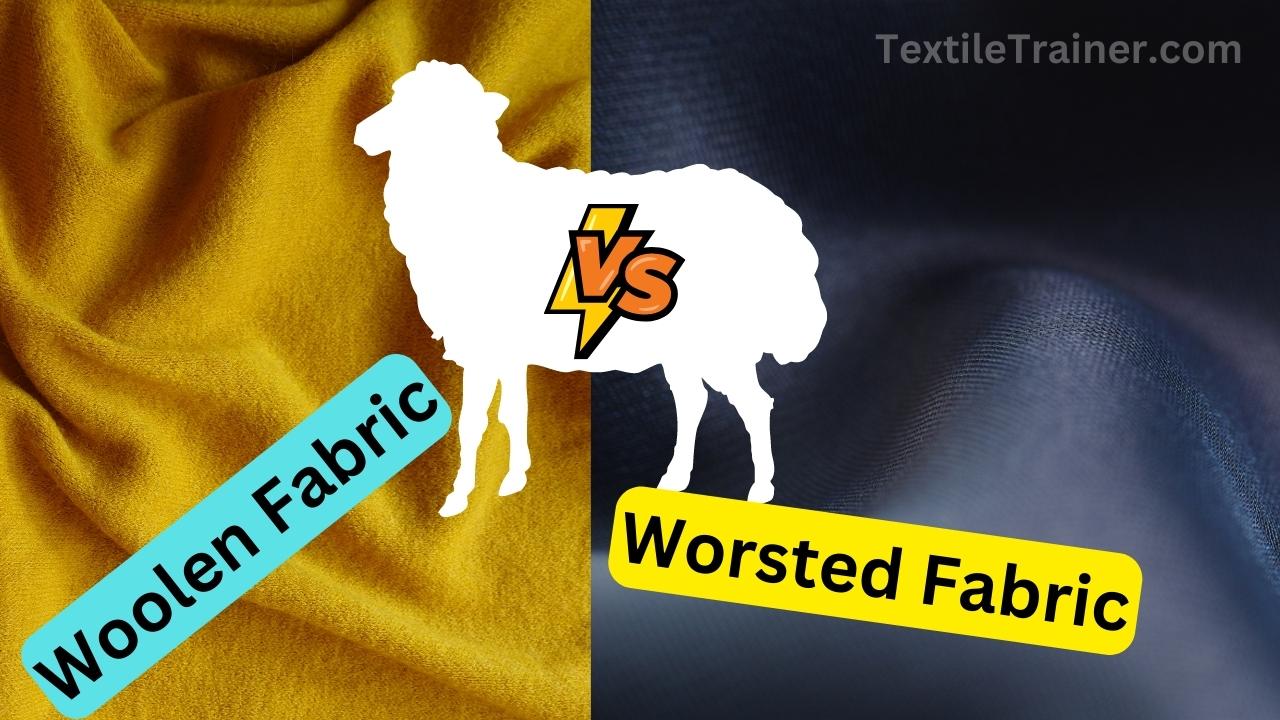Morphology of Jute Fiber: Proper Macro & Micro Structure of Jute
Introduction:
The morphology of jute fiber is a captivating subject that unravels the structural characteristics of this versatile plant material. In addition to possessing a distinctive long, cylindrical shape, jute fibers also possess a high aspect ratio, making them perfect for a variety of applications. Fiber bundles and ribbons are what jute fibers resemble at the macro level. These bundles are formed by individual jute cells held together by a natural adhesive substance called pectin. It is said that jute fibers comprise interwoven fiber bundles that form a cohesive structure, providing strength and durability. Jute fibers, on a microscopic scale, consist of individual cells that are the fundamental building blocks of the fiber. These cells are elongated and have a tapered shape at the ends. They are composed primarily of cellulose, a complex carbohydrate that imparts fibre strength. It is generally estimated that jute fibers have a high cellulose content, ranging from 60% to 70%.
Within the cell walls of jute fibers, additional components such as lignin and hemicellulose contribute to their chemical composition as a whole. A polysaccharide called hemicellulose acts as a bonding agent between cellulose fibers, providing rigidity and resistance to microbial attacks. Lignin, a polyphenolic polymer, provides rigidity and resistance to microbial attacks.
To fully utilize the unique properties of jute fibers, it is essential to understand the morphology of the fiber. Due to the long and strong nature of the fiber, the fibers are suitable for many applications, including textiles, ropes, carpets, and geotextiles. As we explore the morphology of jute fiber, we gain insight into its structural characteristics, which will give us the opportunity to unlock its full potential as a sustainable and versatile material.

Anatomy of Jute Stem:

Morphology of Jute Fiber:
Morphology is the study of the physical structure and characteristics of fibers and their arrangement within fabrics. In addition to assessing the shape, size, surface features, and internal structure of fibers, it also examines their distribution and orientation in fabrics. There are two ways in which morphology of jute fiber can be described, one which is the macro-structure of fibers, and the other which is the micro-structure of fibers.
Macro-Structure of Jute Fiber:
Jute fibers are composed of bundles of cells with sharply defined polygonal outlines. The individual bast cells of Jute are very small (1.5-4mm) and fine. They are much shorter than flax fibers in length. Jute fiber is composed of natural cement (lignin) that bonds5-15 ultimate cells together crosswise in one fiber, but the fiber also consists of numerous ultimate cells which are bonded together lengthwise in lignin.

Micro-structure of Jute Fiber:

There are a number of layers in the fiber’s cell wall, the primary wall, which is deposited as the first layer during the development of the fiber, and the second wall (S), which is made up of a series of three layers (S1, S2, and S3) in addition to the primary wall. It is important to understand that the individual fibers are connected to each other by a lignin-rich middle lamella, which, in all lingo cellulosic fibers, contains cellulose, hemicellulose and lignin in varying amounts. In the S2 layer, the concentration of cellulose is at its highest, while the concentration of lignin is at its highest in the middle layer.
Fibers are made mainly from cellulose, which is a linear, condensation polymer consisting of D-anhydro glucopyransoe units closely bonded together with glycosidic bonds. The long chains of cellulose are specially oriented to form bundles of fibers called micro-fibrils.
There are several heteropolymers (matrix polysaccharides) that make up hemicelluloses. These molecules can also be found in all plant fibers as hemicelluloses are polysaccharides that are bonded together in relatively short, branching chains. In their intimate relationship with the cellulose microfibrils, they serve as a matrix to embed the cellulose in. A hemicellulose is very hydrophilic and has a molecular mass that is less than that of cellulose and lignin. It has a polymerization degree of about 50-200. There are two main types of hemicelluloses, namely xylans and glucomannans, in plants.
Xylan is a type of complex polysaccharide found in many plant cells as well as algae and it is made up of groups of D-xylose units that are linked together to form cellulose. A polysaccharide known as glucomannan is a water-soluble polysaccharide. In general, it is a polysaccharide with a high molecular weight. It is primarily composed of glucose and mannose sugars.

Chemical Composition of Jute Fiber:
As well as being a lingo-cellulosic natural fiber, jute also contains the following substances:
| Substances | Weight percentage(%) |
| Cellulose | 55-65 |
| Hemi-cellulose | 14-20 |
| Lignin | 12-13 |
| Moisture content | 13 |
| Pectin | 0.2 |
| Wax | 0.5 |
Conclusion:
As the morphology of fibers directly influences the properties and performance of fabrics, textile professionals must understand them. A fabric’s appearance, texture, and dye-holding ability can be significantly influenced by its fiber’s size, shape, and surface features. In addition to strength, drape, breathability, and insulation, cross-sectional shape and fineness also affect these properties. The presence and manipulation of fiber crimp within a fabric contribute to its elasticity, bulkiness, resilience, thermal insulating properties, strength, dimensional stability, and mechanical properties. The arrangement and alignment of fibers within a fabric determine its strength, dimensional stability, and mechanical properties. The aim of this article is to simplify the description of the morphology of jute fiber in as straightforward a manner as possible. Please do not hesitate to contact me if you have any questions.
Reference:
- Belal, P. D. (2016). Understanding Textiles for a Merchandiser. Dhaka: LB Graphics & Printing.
- Dr. Hosne Ara Begum, P. D. (n.d.). Natural fibers. Dhaka: Hafiz book center.
- Hossain, M. S. (2014). Introduction to Textile Engineering. Dhaka: Books Fair Publications.



